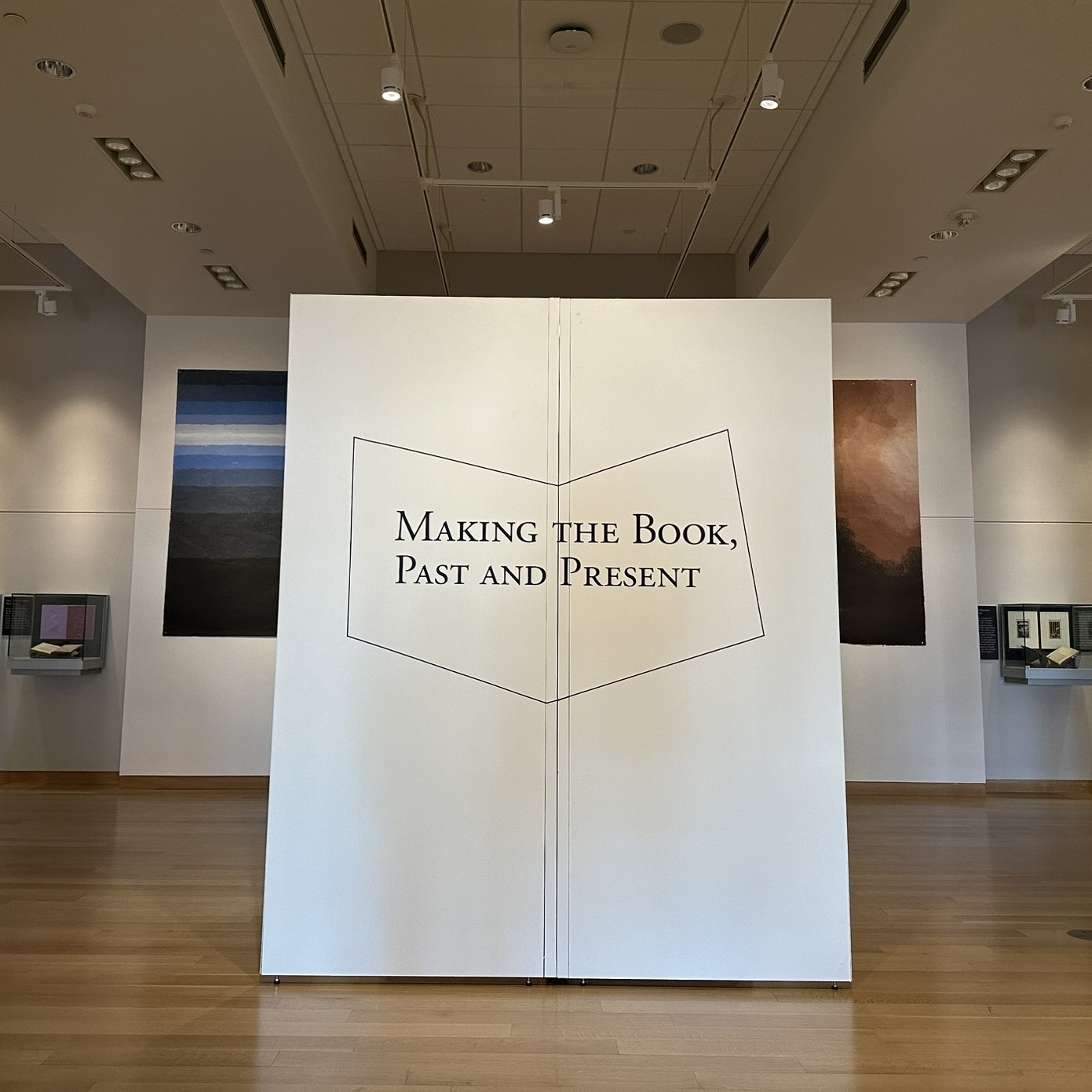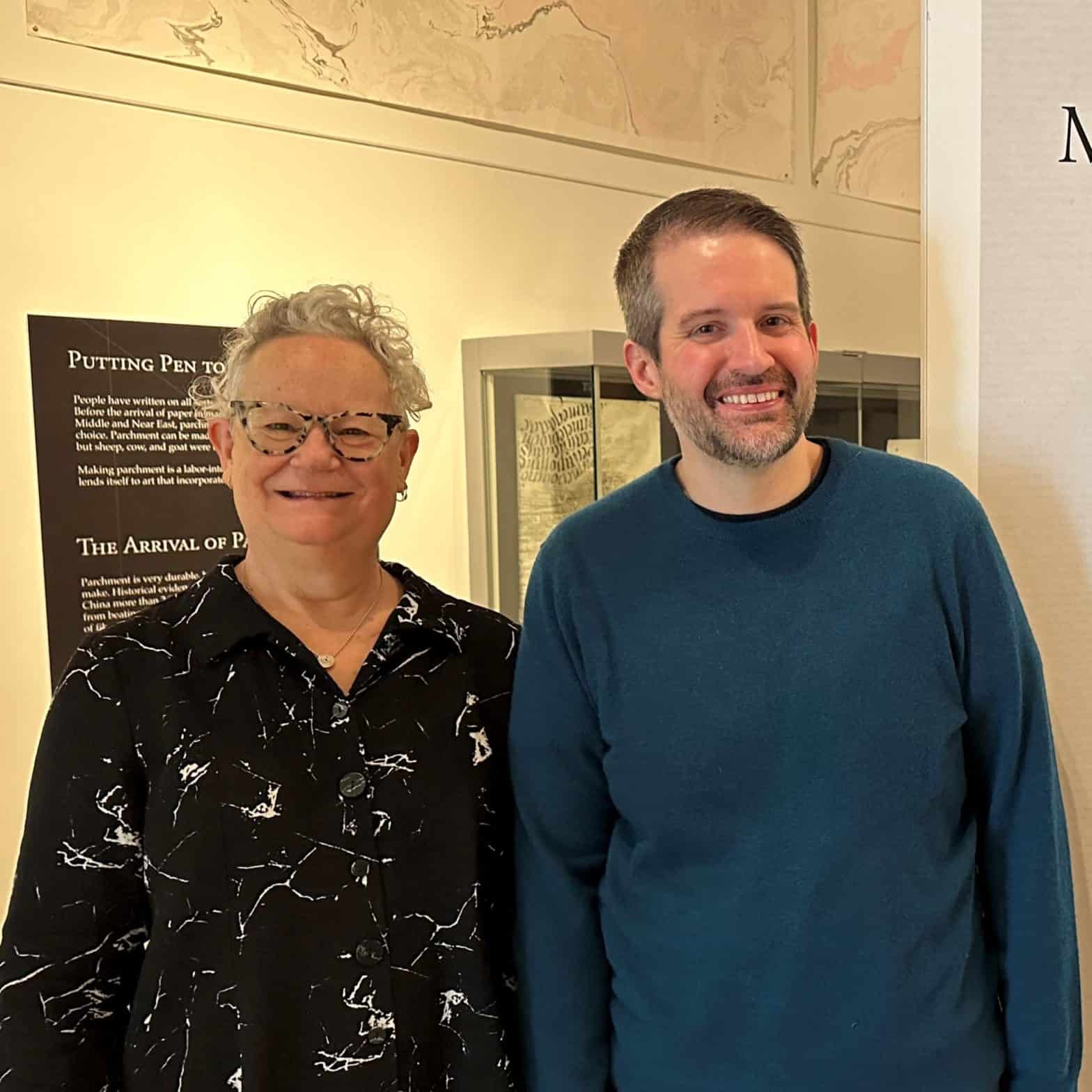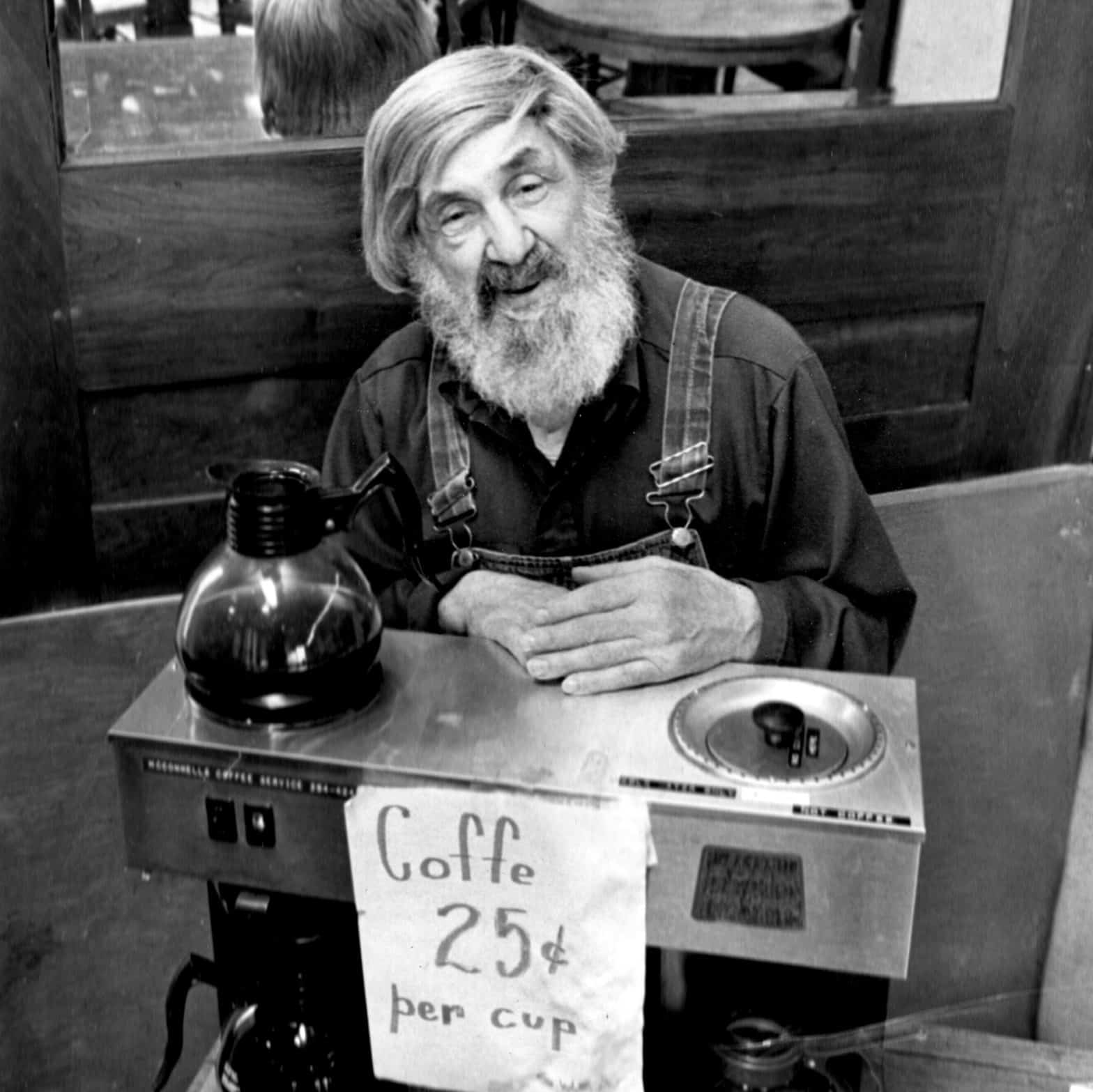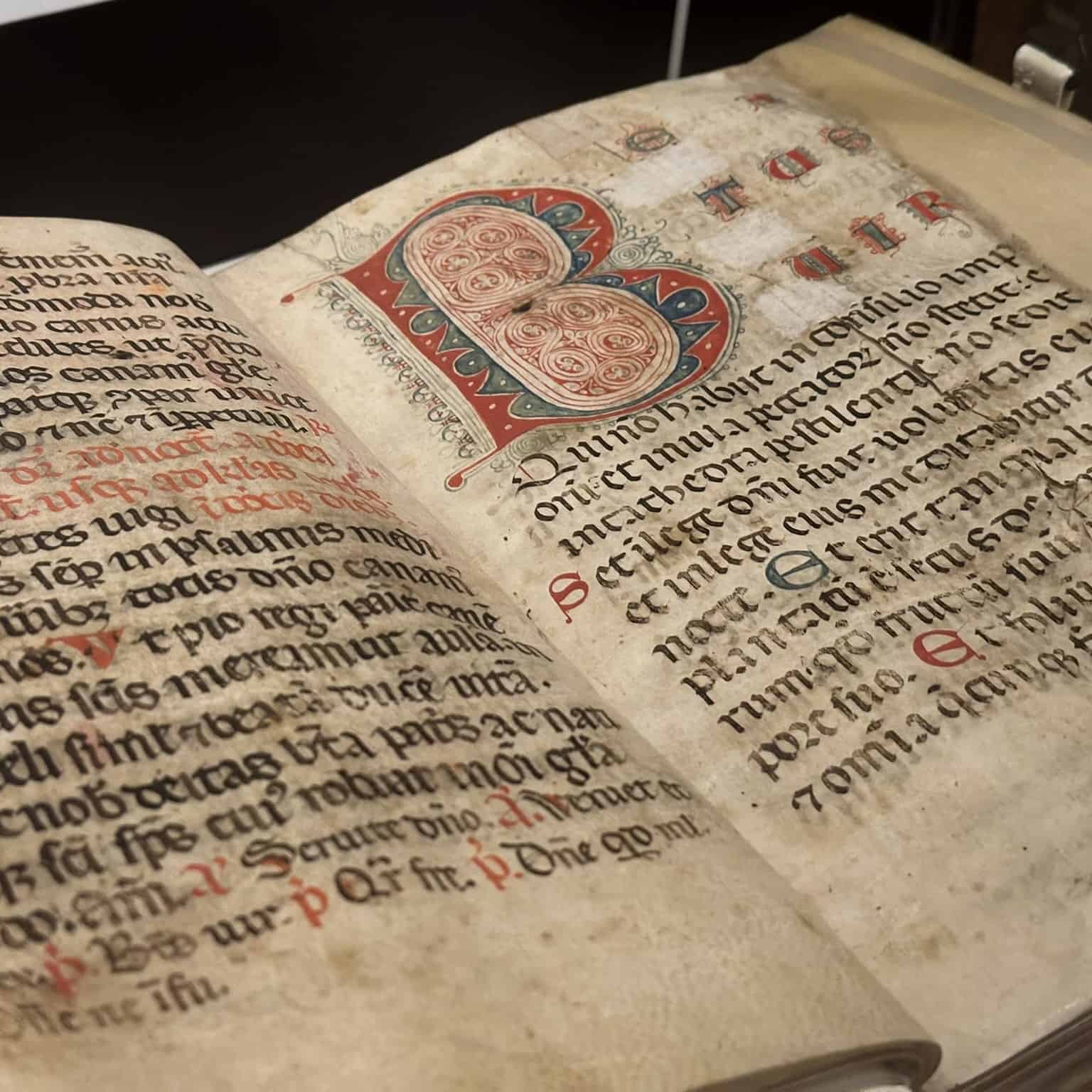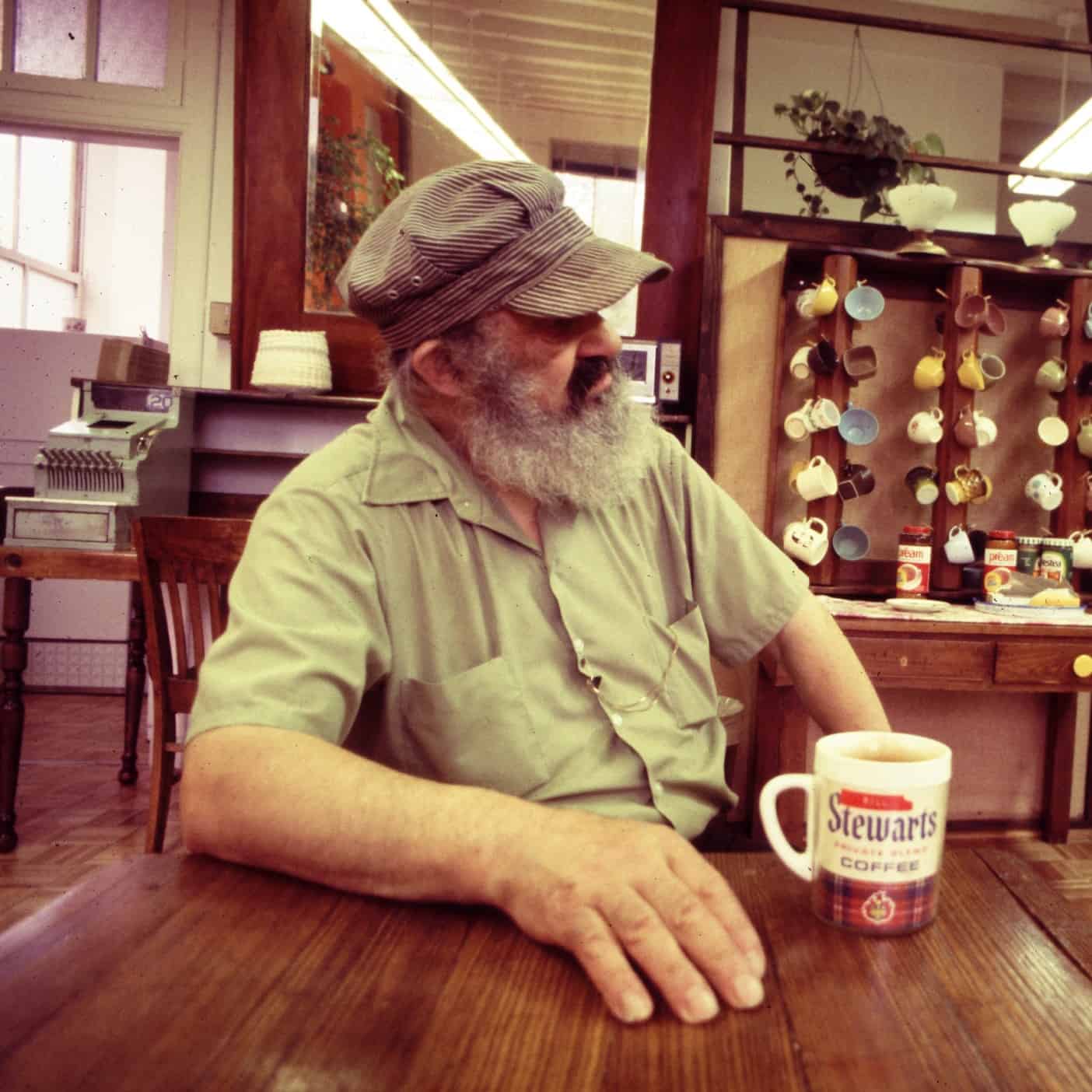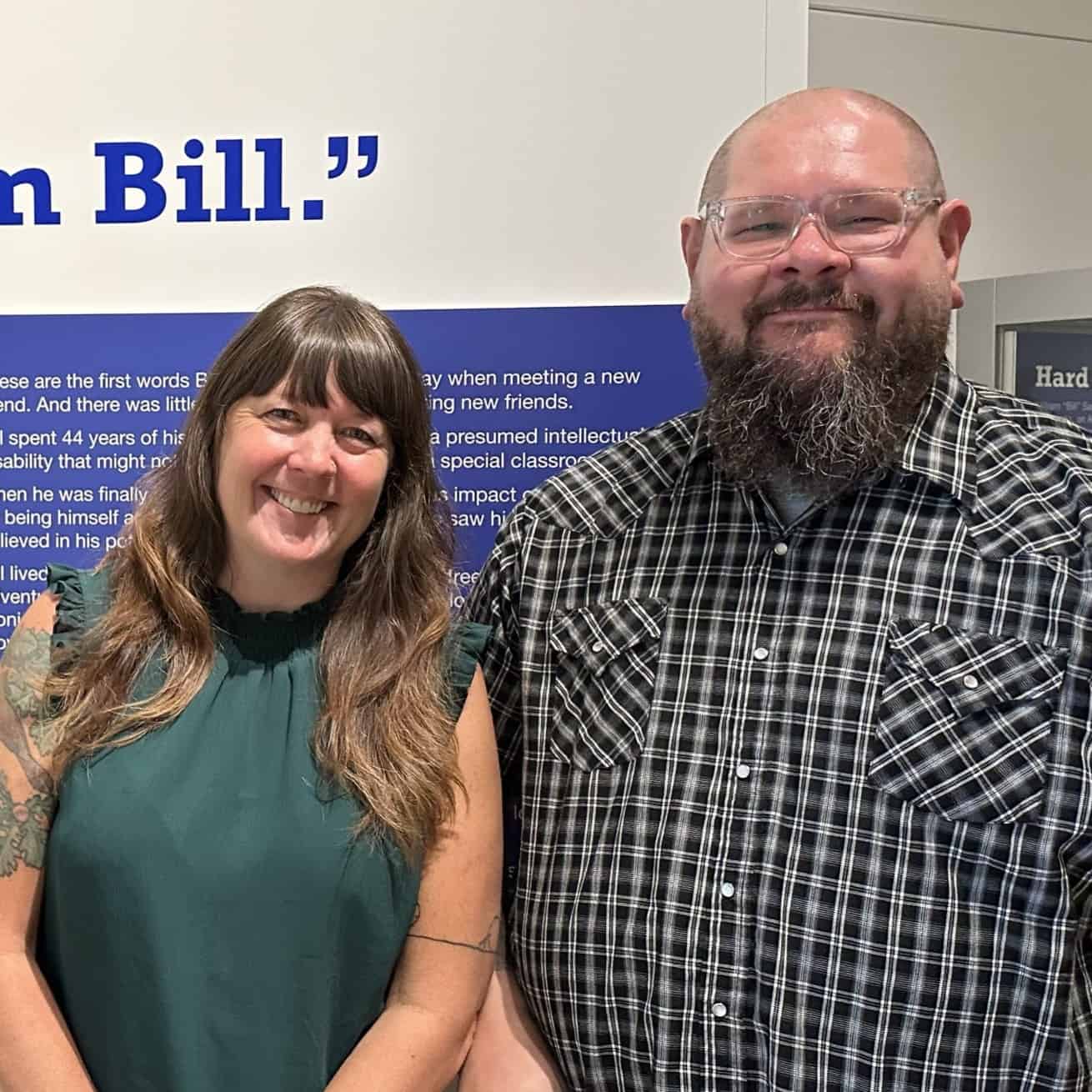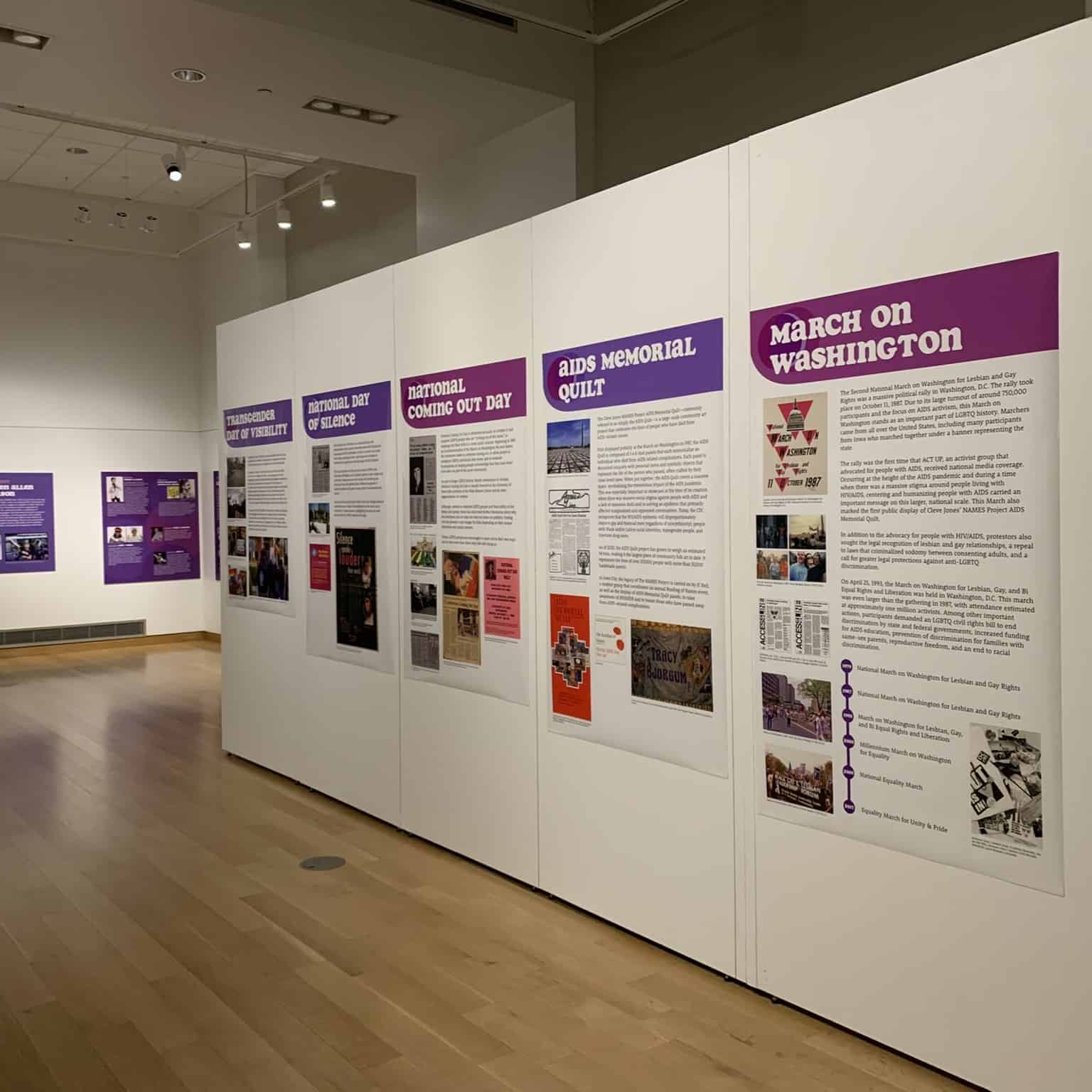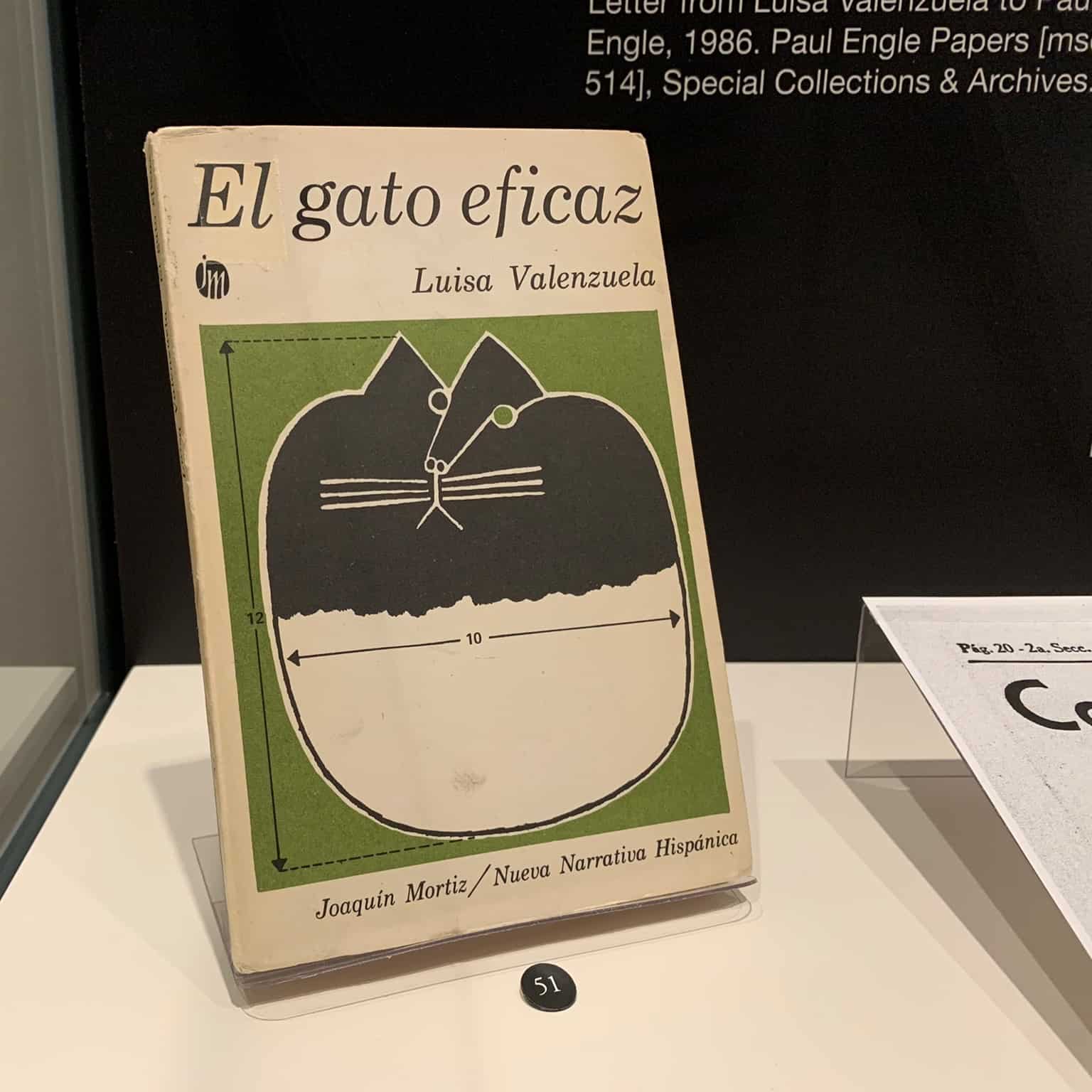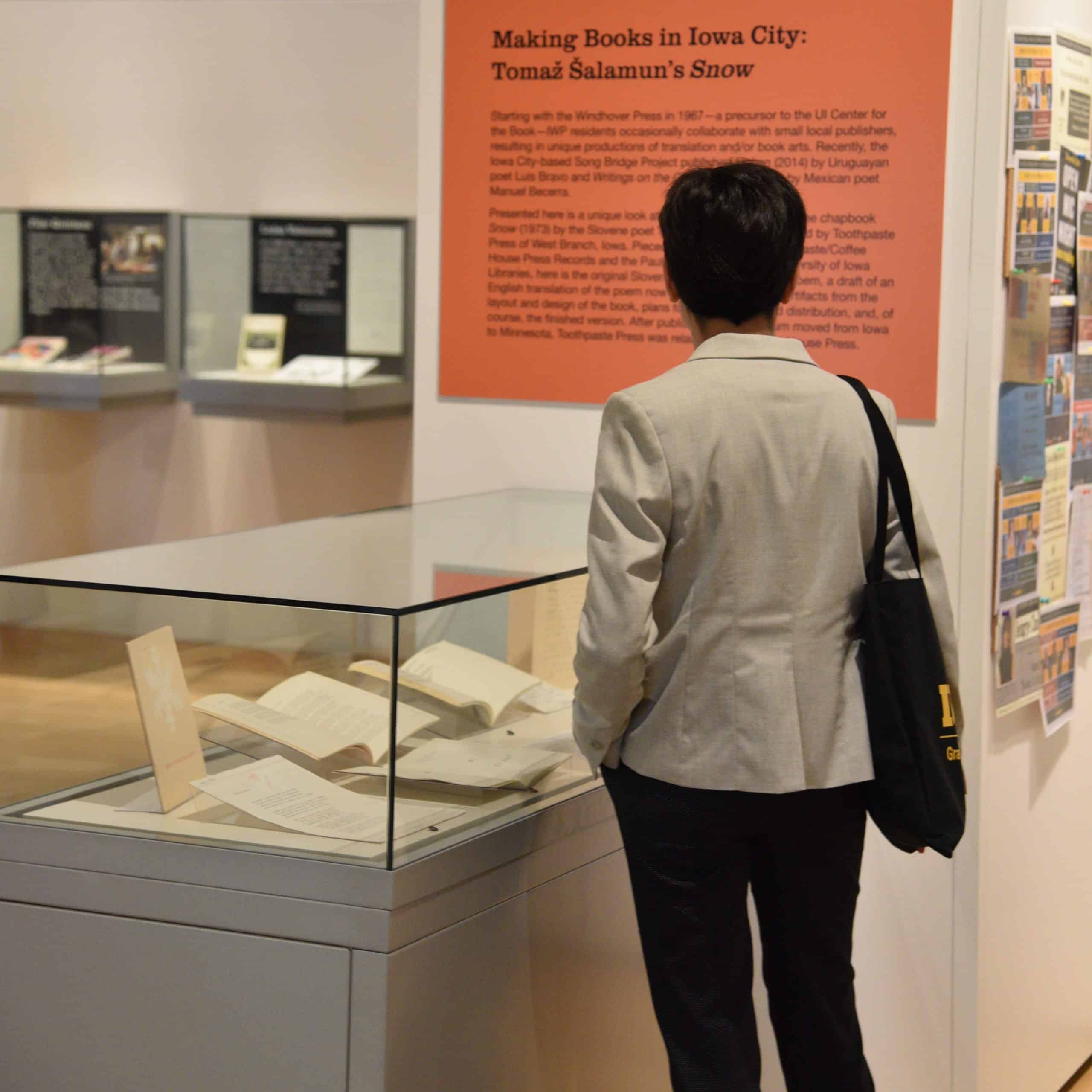The spring 2024 Main Library Gallery exhibition, Making the Book, Past and Present, is an experience featuring global book art and rare books from Special Collections and Archives at the University of Iowa Libraries. Classes and community visitors have enjoyed visiting in person this semester, and now the exhibit is available to view online. ClickContinue reading “‘Making the Book’ virtual tour: discover book art and history from anywhere”
Tag Archives: Main Library Gallery
What we share with the past: a Q&A with ‘Making the Book’ exhibition curators Emily Martin and Eric Ensley
by Sara J. Pinkham Books have the extraordinary power to turn their stewards into time travelers. A roughly sewn leather cover on a medieval book or a centuries-old doodle can reveal a lot about a book’s owner and its use. Minuscule notes scribbled in the margins of a plague-year calendar can hold weightier sway overContinue reading “What we share with the past: a Q&A with ‘Making the Book’ exhibition curators Emily Martin and Eric Ensley”
Hey, Buddy: check out this virtual tour
The Main Library Gallery’s fall 2023 exhibition, Hey Buddy, I’m Bill, is now available to explore online. Click here to view the accessible version of this interactive content The tour features 360° photos of the Main Library Gallery, which allow the viewer to move from area to area. The text panels and the items onContinue reading “Hey, Buddy: check out this virtual tour”
Spring Main Library Gallery exhibit highlights book history
A new exhibition in the Main Library Gallery this spring showcases a global selection of rare historic books and modern book art. Making the Book, Past and Present explores the intersections of history, art, and practicality through items from Special Collections & Archives at the University of Iowa Libraries. The exhibition asks what we canContinue reading “Spring Main Library Gallery exhibit highlights book history”
‘Hey Buddy, I’m Bill’: new Main Library Gallery exhibit celebrates a local legend
By Sara J. Pinkham, exhibition and engagement coordinator, Main Library Gallery The fall 2023 Main Library Gallery exhibition, Hey Buddy, I’m Bill, shares the story of Bill Sackter, an Iowa City legend and advocate for people with intellectual disabilities. Curated by Jen Knights, marketing and communications manager for Performing Arts at Iowa in the CollegeContinue reading “‘Hey Buddy, I’m Bill’: new Main Library Gallery exhibit celebrates a local legend”
Curator Q&A with Jen Knights and Brad Ferrier
By Sara J. Pinkham, exhibition and engagement coordinator, Main Library Gallery The story of Bill Sackter is familiar to many who have lived in Iowa City for a long time. Perhaps some will remember buying a cup of coffee from him at Wild Bill’s Coffee Shop in North Hall in the University of Iowa SchoolContinue reading “Curator Q&A with Jen Knights and Brad Ferrier”
Travel through Iowa City’s LGBTQ+ history via this virtual gallery tour
While Out & About: Queer Life in Iowa City will be on display in the Main Library Gallery through June 30 this year, the virtual version is now available to view online into the foreseeable future. Click here to view the accessible version of this interactive content The tour features 360° photos of the MainContinue reading “Travel through Iowa City’s LGBTQ+ history via this virtual gallery tour”
Local libraries teaming up for virtual author event featuring Esmé Weijun Wang
Local Libraries LIT (Listen, Initiate, Talk), a collaboration between Johnson County public and academic libraries, will welcome author Esmé Weijun Wang on Thursday, April 13 at 7:00 p.m. for a virtual conversation and reading. The event is free and open to all, but attendees must register in advance to receive the online event link.Register hereContinue reading “Local libraries teaming up for virtual author event featuring Esmé Weijun Wang”
Revisit ‘A Hub, a Network, an Archive’: virtual exhibit now available
Even though the Fall 2022 exhibit has closed, visitors can still visit the exhibition virtually. A virtual tour of A Hub, a Network, an Archive: 55 Years of International Writers in Iowa City is at last available online. Click here to view the accessible version of this interactive content The tour features 360° photos ofContinue reading “Revisit ‘A Hub, a Network, an Archive’: virtual exhibit now available”
Main Library Gallery seeking 2025-2026 exhibit proposals
The University of Iowa Libraries’ Main Library Gallery is now seeking exhibition proposals for spring 2025, fall 2025, spring 2026, and fall 2026. University of Iowa faculty and staff are invited to submit initial statements of interest for consideration during Round 1 of the selection process through March 31, 2023. Proposals from across campus areContinue reading “Main Library Gallery seeking 2025-2026 exhibit proposals”
